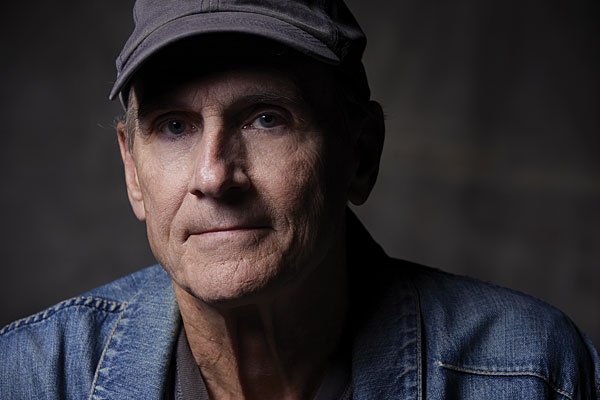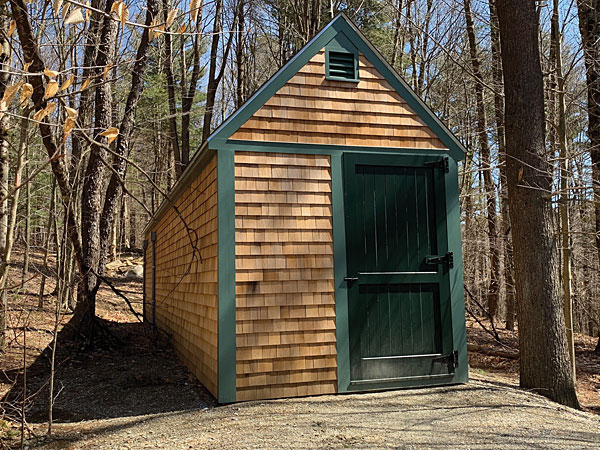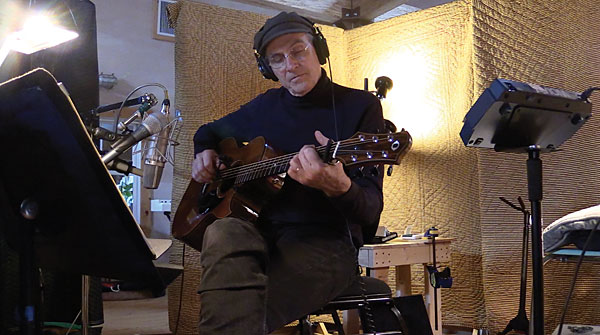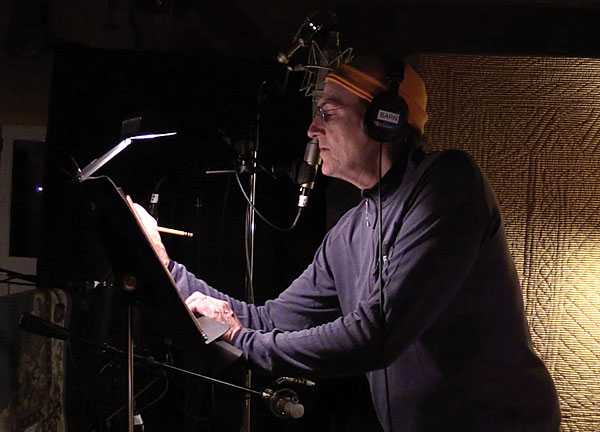| Columns Retired Columns & Blogs |
James Taylor was born in the same year as JA1 :-) ........

Where some popular singers use the songbook canon to increase record and ticket sales, Taylor has no need to change himself or increase his audience. He's as comfortable as any man can be, having sold many millions of records the world over for almost 50 years.
He wasn't always so comfortable. Taylor's breakthrough success of the early '70s, including the albums Sweet Baby James and Mud Slide Slim and the Blue Horizon, came while Taylor was deep in the throes of a heroin addiction that would destroy his marriage to singer-songwriter Carly Simon. But his hits kept coming: "How Sweet It Is (To Be Loved by You)"; "Mexico"; "Handy Man"; "Your Smiling Face"; "Her Town Too." His first compilation album, James Taylor's Greatest Hits, quickly became his best-selling record and one of the best-selling compilations of all time (footnote 1).
Taylor continued making music and scoring occasional hits until 1997's Hourglass and 2002's platinum-selling October Road established him as a music hero with a new generation of listeners. He has barely left the road since, winning awards and accolades along the way, including American Standard debuting at #4 on the Billboard 200 albums chart, making "Taylor the first act to earn a top 10 album in each of the last six decades," according to Wikipedia.
Taylor has nabbed six Grammy Awards and an Emmy Award for The Mormon Tabernacle Choir Presents an Evening with James Taylor. He was honored by the Kennedy Center in 2016, alongside Martha Argerich, the Eagles, and Mavis Staples. He was named a Chevalier of the Order of Arts and Letters by the French government, and he was presented the National Medal of Arts. Then, in 2015, President Obama awarded him the Presidential Medal of Freedom.

The high-falutin' stuff goes out the window when Taylor plays his guitar and sings the songs for which he is loved. Taylor recorded American Standard at his custom-built studio, "The Barn," at his home in western Massachusetts, with a core unit of instrumental all-stars: John Pizzarelli on guitar, Jimmy Johnson on bass, Steve Gadd on drums, with singers Arnold McCuller and Kate Markowitz. Additional parts were performed by Walt Fowler (trumpet), Lou Marini (clarinet, soprano saxophone), Jerry Douglas (guitar), Stuart Duncan (violin, mandolin, guitar), Victor Krauss (acoustic bass), and Larry Goldings (Melodica, Hammond B3 organ). With Taylor on guitar and vocals, he and his band recorded such standards as "Pennies from Heaven," "Moon River," "As Easy As Rolling Off a Log," "The Nearness of You," and "God Bless the Child." There's little profundity here, and few revelations, but Taylor's intimate country-folk soul makes the material go down oh-so easy. Good sound, too.
Throughout American Standard, Taylor's musical mastery is subtle yet powerful, his deep well of emotional strength and good-natured attitude as comfortable as a night out with an old friend who both knows your secrets and informs them.
Ken Micallef: The songs that work particularly well on American Standard express your gentleness, unique vocal style, and unmistakable rich tone. Where do those traits come from?
James Taylor: It's a funny thing. I started writing (and still do write) with a guitar in my hand. It's a very quiet context, I think, probably some of it might be a Southern thing, I guess, a bit, and I think you know what I'm talking about yourself, having grown up in North Carolina.

But I do think that a lot of my music is very personal and close-in, and in a way, I was certainly in the beginning writing to myself and for myself, and there was something sort of, therapeutic is the wrong word, but it's not far off. Something about it that comforted me, and so I think that came through in the music. That's what I was hoping it would do.
I do think it's all of those things, it's also having come, initially, from a combination of Carolinas' beach music, and also my brother Livingston, the way he introduced me to soul music early on. That was one major influence, and another one was the sort of folk music revival that in the early '60s was on all of the college campuses. It was an easy way into music, because it allowed for a young man and a guitar to have a voice.
Micallef: Your versions of these standards are straightforward and unadorned. You depend on your unique style to bring them to life. But there are also some differences from what one normally hears. You've kept some of the songs' traditional intros that are rarely heard.
Taylor: About the intros, there are a number of them. The first song on the album, "Blue Heaven," has "Day is ending, songbirds are wending, back to the shelter of each little nest they love, . . ." that sort of thing.
The other songs have verses that introduce them—introductory pieces that are separate from the rest of the tune. "Pennies from Heaven," up until now I had never really heard that intro. "Ol' Man River," I whistle the intro to that song and also use it as away to sort of tail out of the song as well. "My Heart Stood Still," I think Lorenz Hart wrote that, Rodgers and Hart. That's got a real verse in front of it, too. "Blue Heaven," "Ol' Man River," "Pennies from Heaven," "My Heart Stood Still," all of these have those introductory verses. "Surrey with the Fringe on Top" also has one, but it repeats itself halfway through the tune, so I'm not sure if that really qualifies as an introductory verse, but it feels like one. "When I take you out tonight with me, . . . you will sit behind a team of snow-white horses in the slickest gig you'll ever see"—and then the song starts.
The other thing to mention, again, to acknowledge, is that this album is these songs on my guitar, my arrangement and my musical process informing these renditions. That's the only thing in my mind that makes it valid that we do these songs.

I like to think that my version of Carole King's "Up On the Roof," or of "Handyman," or "How Sweet It Is (To Be Loved By You)"—so many of the songs I've covered, I put them through my musical process.
Micallef: At your studio in Washington, Massachusetts, The Barn, do you prefer digital or analog recording?
Taylor: The thing about [recording] is that the analog side of the process sort of grew up with tape, so the two co-evolved together, starting maybe in the '30s or so, but tape recording with the microphones that we use (Neumann 67 for vocals), that was a process that co-evolved up until the point at which we replaced the tape with the digital process. And I think it took a couple of decades for us to reconcile that interruption.
But nowadays, the D-to-A converters, the sound of digital, the sampling rate, and the bit rate, all of these things have really had a chance to mesh with the analog world that you have to have to make music in, obviously. Unless you're playing a digital synthesizer or something like that, which can go direct.
I love digital because it's so easy to experiment with. The editing and the signal effects and stuff that you can get in the digital realm are spectacular. The ease of editing things, the infinite number of tracks for doing as many experiments as you want to do—you can never go back to not having that capacity. You have to be relatively disciplined not to lose yourself in the forest, but essentially, digital, for me, is just a wonderful improvement on how we record.

James Taylor was born in the same year as JA1 :-) ........

James Taylor was born in the same year as JA1 :-)
Not just me. Bob Stuart (Meridian & MQA), Paul McGowan (PS Audio), Peter McGrath (Wilson), and I were all born within 3 months of each other in 1948.
John Atkinson
Technical Editor, Stereophile

Prince Charles of Wales was also born in the same year :-) ......

The 'inconvenient truth' is Al Gore was also born in the same year :-) .......

Best selling albums .......
1) Eagles ..... Greatest hits 36 million .....
2) Michael Jackson ...... Thriller 33 million ....
3) Eagles ...... Hotel California 26 million :-) ......

Adele ..... Adele21 14million ....
Britney Spears ....... Baby one more time 14 million :-) .....

Wasn't it older muso's like James Taylor and Neil Young or similar that started the "Dynamic Range Data Base" loudness wars? http://dr.loudness-war.info/
It's my go to bible for the least compressed version of any CD album, and usually it's the first release, then I just get a used one on ebay.
BTW Adele 21 is the worst, bought it new, took it back for a refund, all versions are compressed. Great album though, but in the car where compression is a good thing
http://dr.loudness-war.info/album/list?artist=Adel&album=21
Cheers George

Lot of vinyl these days is made from 24-bit recordings ...... May be that is the reason why both of them have high DR :-) .......

Thanks, Ken.
"Greatest" is one of my favorite Americana-records. The remake of "Carolina", though all songs are great, makes it very special, and to me it's one of JT's very finest moments, as well as making the record feel almost more "album" than "compilation".
Thanks again

Only on a couple of tracks though, (click on it) track 6 the only one to hit 13 on the DR scale which is not that great as it can go to 18
Cheers George

I was referring to all different recordings in general ..... Not just Adele21 :-) ......

But it still has pathetic channel separation and noise compared to similar DR measured CD's if available also.
Cheers George

AnalogPlanet recently published reviews of several direct to disc vinyl pressings ....... There is a good chance, many of them could have high dynamic range :-) ........

Wrong terminology, should be:
"many of them could have wide dynamic range :-"
Cheers George

Wiide dynamic range to make the listeners smile wide :-) ......

James Taylor Looks Back (video: 8 min. 33 sec.)
https://www.cbs.com/shows/cbs-sunday-morning/video/OKWltn7pg1UKPd1gmb11bB3w8KRCCS5_/james-taylor-looks-back/